Post-Traumatic Stress Disorder (PTSD) affects millions worldwide, with flashbacks tormenting survivors and disrupting daily life.
Despite ongoing research, effective and accessible interventions remain limited, leaving many sufferers desperate for relief.
Now, a groundbreaking study has revealed a surprising solution: a single session with a simple, widely available game can reduce PTSD flashbacks by a staggering 93%.
This unexpected discovery offers new hope for those living with trauma, signaling a potential shift in how we treat this debilitating condition.
What is this game, and how does it work?
Read on to uncover the science behind this remarkable finding.
1. The Groundbreaking Study by Professor Emily Holmes

The BMC Medicine study, led by Professor Emily Holmes, enrolled over 70 participants recently exposed to trauma.
Researchers used a randomized controlled trial to compare the effects of a single session of a specific game intervention against a control group.
Participants tracked their flashbacks in the following week.
The results were astonishing: those who played the game reported a 93% reduction in flashbacks compared to controls.
This impressive outcome not only highlights the game’s therapeutic potential but also marks a major step forward for trauma interventions.
2. Tetris: The Surprising Intervention
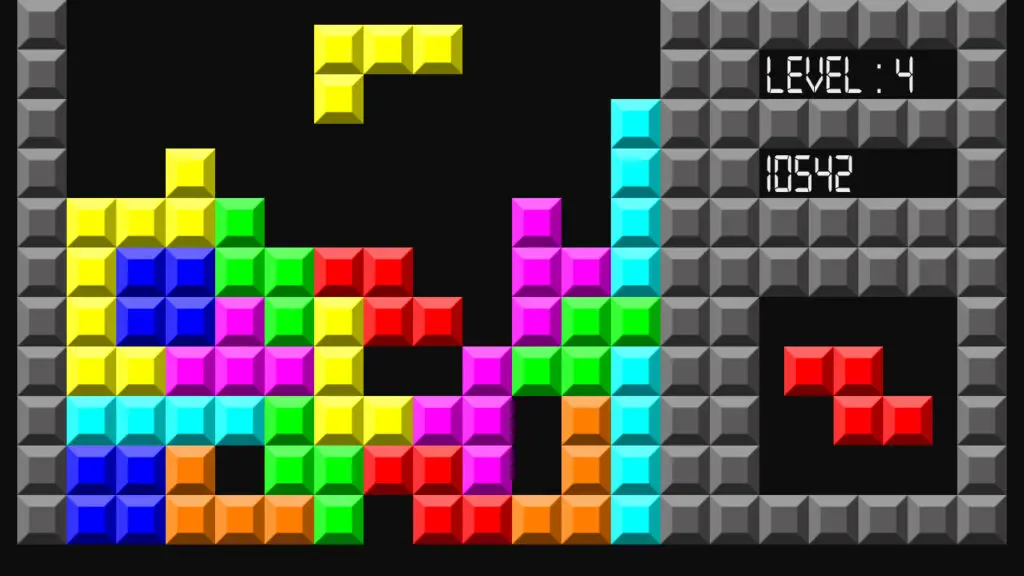
Researchers selected Tetris as the intervention because its visual-spatial gameplay uniquely engages the brain.
When played shortly after recalling a traumatic memory, the game’s demands appear to disrupt how those memories are stored.
This process, known as memory reconsolidation, may be interrupted by the intense focus and pattern recognition Tetris requires.
As a result, the formation of vivid, distressing flashbacks is greatly reduced, offering a simple yet powerful tool for managing trauma’s lingering effects.
3. Dramatic Reduction in Flashbacks

The study’s most striking result was the drop in average weekly flashbacks—from 15 down to just 1—after a single session of Tetris.
This 93% decrease is not just statistically significant; it’s clinically transformative.
For individuals with PTSD, fewer flashbacks mean improved sleep, greater emotional stability, and a chance to reclaim everyday life.
Such a pronounced reduction highlights the game’s powerful potential as a rapid, accessible intervention that could be integrated into trauma care worldwide.
4. Long-Lasting Effects: Six Months Later

Remarkably, the benefits of a single Tetris session were not fleeting.
Follow-up assessments demonstrated that participants continued to experience dramatically fewer flashbacks even six months later.
This durable effect suggests the intervention doesn’t just offer temporary relief, but delivers sustained improvements in mental health.
For trauma survivors, a single, simple game session may spark enduring resilience—making this approach even more promising for long-term recovery and well-being.
5. How the Game Works to Disrupt Traumatic Memories
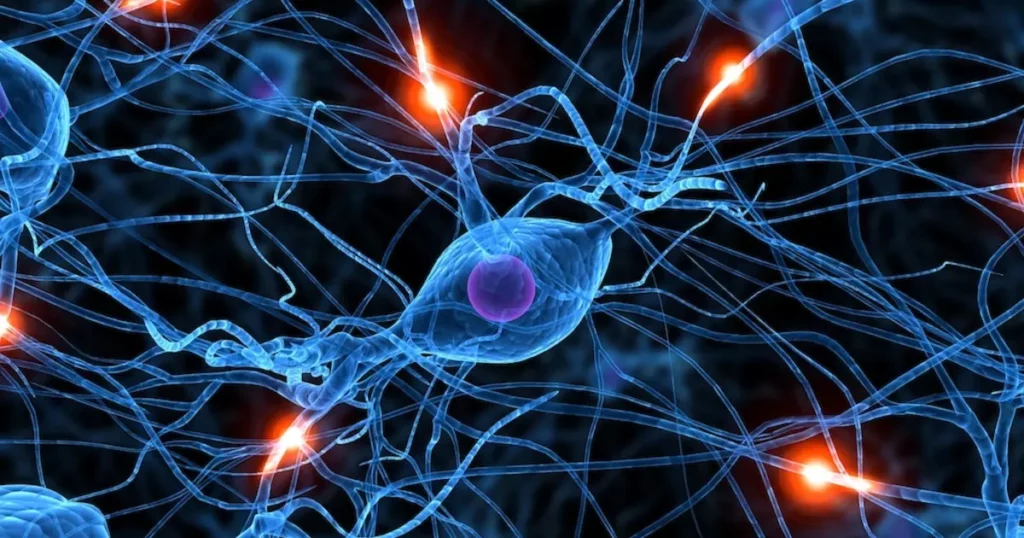
Cognitive science suggests that playing Tetris immediately after recalling a traumatic event taxes the brain’s visual-spatial system.
This intense engagement competes directly with the process of solidifying distressing visual memories, making it harder for the brain to “lock in” those images.
As a result, the formation of intrusive flashbacks is weakened.
This mechanism highlights how targeted, purposeful gameplay can reshape how traumatic memories are stored, reducing their emotional impact over time.
6. Applicability for Healthcare Workers

The study specifically targeted healthcare workers, a group often exposed to traumatic events in high-stress environments.
Frontline roles can dramatically increase the risk of developing PTSD, especially during crises like pandemics or disasters.
By identifying a rapid, accessible intervention, researchers aimed to support those most vulnerable to trauma.
The promising results suggest that simple tools like Tetris could offer vital relief for professionals facing relentless psychological challenges.
7. Simple, Accessible, and Low-Cost

Unlike many traditional therapies, Tetris is inexpensive, widely available, and easy to use.
It requires no specialized equipment or lengthy training, making it accessible to nearly anyone with a smartphone or computer.
This simplicity means more people can benefit from its effects—regardless of background or location—helping to bridge gaps in mental health care worldwide.
8. Comparison with Other PTSD Treatments

Traditional PTSD treatments, such as cognitive behavioral therapy (CBT) and medication, often require weeks or months of commitment, frequent appointments, and can be costly.
In contrast, the Tetris intervention is quick, accessible, and does not demand ongoing sessions.
While CBT and medication remain effective, their accessibility is limited by availability and expense.
Tetris offers a low-barrier alternative that can complement existing care or provide immediate relief while waiting for traditional therapies.
9. The Role of Visual-Spatial Tasks in Memory Interference

Not all activities impact traumatic memories equally.
Visual-spatial tasks like Tetris engage the same brain systems involved in creating visual flashbacks.
By occupying these neural pathways, such tasks can uniquely disrupt the vividness and frequency of intrusive memories.
Other activities—like listening to music or reading—do not provide this specific interference, making games like Tetris especially effective for targeting trauma-related flashbacks.
10. Immediate Impact After Trauma
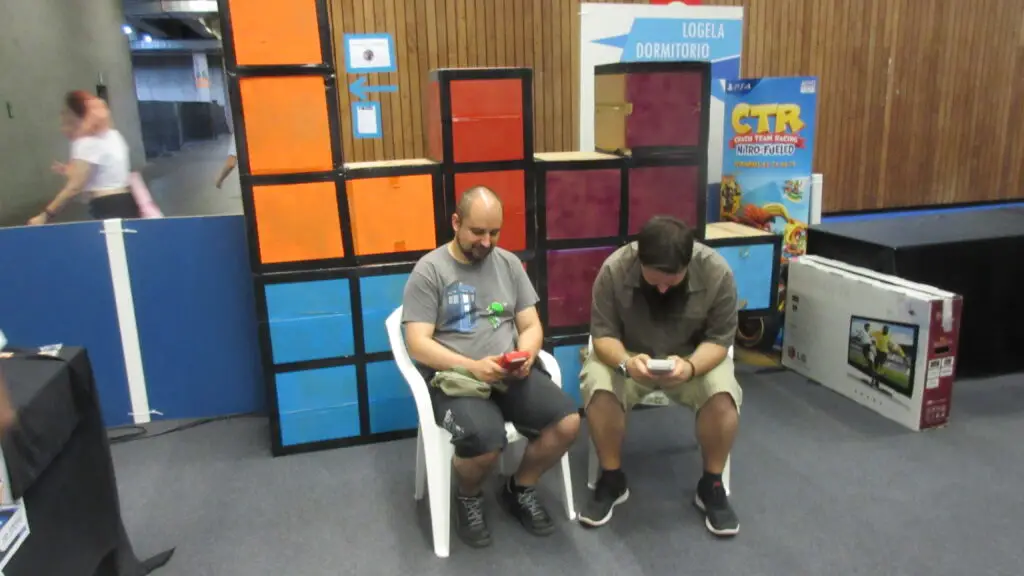
Emerging research suggests that playing Tetris soon after a traumatic event may prevent intrusive memories from forming in the first place.
A Nature Human Behaviour study showed that immediate intervention disrupts memory consolidation, reducing later flashbacks.
This fast action makes Tetris a valuable tool in emergency or crisis settings, offering a proactive way to support mental health.
11. Easy Implementation in Clinical Settings
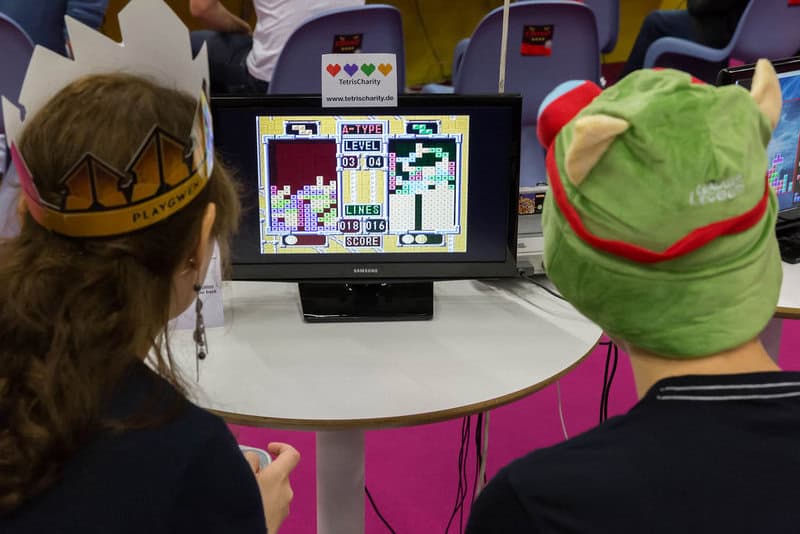
Hospitals and clinics can seamlessly integrate Tetris sessions into routine care for both staff and patients.
A game can be offered in waiting rooms, on mobile devices, or during downtime after distressing events.
This straightforward approach requires minimal resources yet provides immediate support, making it an attractive option for busy healthcare environments seeking to bolster mental health.
12. Potential for Broader Use Beyond Healthcare
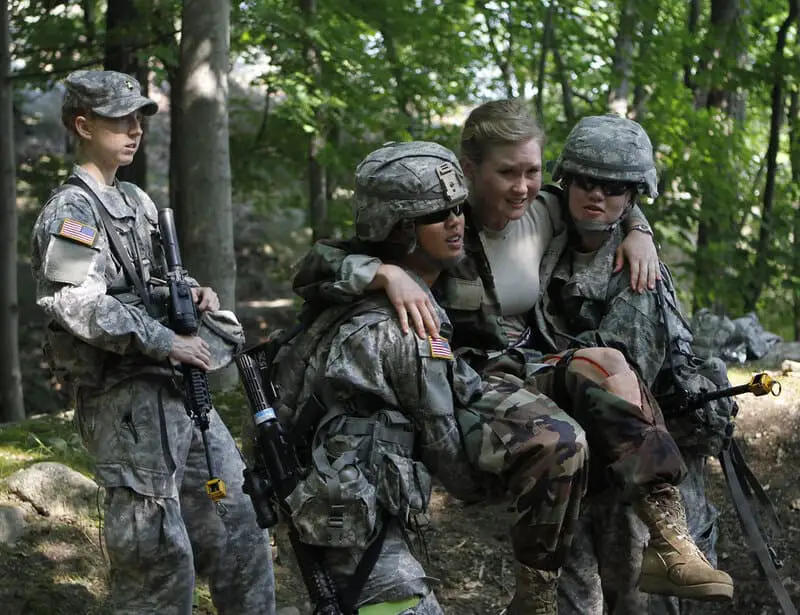
The benefits of Tetris are not limited to healthcare workers.
First responders, military personnel, and survivors of accidents or disasters could all use this intervention to manage trauma.
Its portability and simplicity make it ideal for deployment in the field, during debriefings, or after critical incidents.
This broad applicability positions Tetris as a valuable tool for a range of high-risk populations.
13. No Known Side Effects

Unlike many medications prescribed for PTSD, playing Tetris is safe and free from known side effects.
There’s no risk of dependency, adverse reactions, or complications from interactions with other treatments.
This excellent safety profile makes Tetris especially appealing as a first-line or supplemental intervention for trauma, suitable for a wide range of individuals.
14. Empowering Self-Help

One of the most promising aspects of this intervention is its empowerment of individuals to manage their own symptoms.
Anyone can play Tetris at home or on the go, without needing clinical supervision.
This accessibility encourages proactive self-care, giving people an easy, private way to reduce distressing flashbacks whenever they need support.
15. Reducing Stigma Around PTSD Treatment

Traditional mental health interventions can carry stigma, making some individuals hesitant to seek help.
A game-based approach like Tetris feels familiar and non-threatening, lowering emotional barriers to treatment.
By normalizing innovative, playful interventions, we can encourage more people to address their symptoms early—shifting the perception of PTSD care from something clinical and intimidating to something approachable and even enjoyable.
16. Future Research Directions

The success of Tetris has inspired researchers to investigate other visual-spatial games and cognitive tasks for PTSD and related conditions.
Ongoing studies, such as those cited in Nature Human Behaviour, are testing different game mechanics and timing strategies.
Future findings may reveal even more effective interventions, expanding options for trauma survivors and refining how we harness technology to heal the mind.
17. Limitations of the Study

While the results are promising, the study’s sample primarily involved healthcare workers and may not represent all trauma survivors.
Further research is needed to replicate findings across more diverse populations and trauma types.
Additionally, long-term effects beyond six months remain to be explored.
Recognizing these limitations is crucial for responsibly advancing this exciting new intervention.
18. Ethical Considerations

Ethical implementation remains essential.
All participants in the studies gave informed consent, and safety was closely monitored throughout.
While game-based interventions are low risk, ongoing oversight ensures that new treatments respect patient autonomy and well-being.
As interest grows, establishing ethical guidelines for using games in medical settings will be vital to protect vulnerable individuals.
19. How to Access Tetris for Therapeutic Use

Tetris is readily available on most devices.
You can play online at the official Tetris website, or download mobile versions from app stores.
For therapeutic use, choose a simple, classic version without distracting features.
Play for about 20 minutes, ideally soon after a distressing event, to maximize potential benefits.
20. Patient Testimonials and Real-World Impact

Many healthcare workers and trauma survivors have reported life-changing results from the Tetris intervention.
21. Expert Opinions on Game-Based Treatments

Psychologists and neuroscientists are increasingly optimistic about game-based interventions like Tetris.
Dr. Emily Holmes describes the results as “a paradigm shift in trauma care.”
However, experts also urge caution, noting that more research is needed to refine protocols and understand long-term effects.
Most agree that while game-based treatments are not a standalone cure, they represent an exciting, accessible addition to the mental health toolkit.
22. Implications for Mental Health Policy

This breakthrough could reshape how resources are allocated in trauma care.
Policymakers may consider incorporating low-cost, evidence-based interventions like Tetris into broader mental health strategies.
Integrating such accessible tools could help reach underserved populations, reduce treatment delays, and ease pressure on overburdened health systems—paving the way for more equitable and effective support for trauma survivors.
23. Integrating Tetris with Traditional Therapies

Combining Tetris with established therapies—like cognitive behavioral therapy or medication—may offer a more comprehensive approach to PTSD care.
Used as an adjunct intervention, Tetris can provide rapid symptom relief while patients engage in longer-term treatment.
This integrative strategy allows for individualized care, supporting diverse needs and enhancing the overall effectiveness of trauma recovery programs.
24. Accessibility for Different Age Groups

Tetris is simple enough for older adults yet engaging for younger people, making it a versatile tool across generations.
Its intuitive design requires little instruction, ensuring rapid uptake regardless of age or tech familiarity.
This broad accessibility means individuals of all backgrounds can benefit, further supporting its role as an inclusive intervention for PTSD flashbacks.
25. Global Reach and Language Barriers

Tetris’s universal gameplay transcends language and cultural differences, making it accessible to people worldwide.
No reading or translation is needed, allowing users from any background to engage instantly.
This unique quality positions Tetris as an ideal intervention for international trauma response efforts, ensuring no one is excluded due to language barriers.
Conclusion

The discovery that a single session of Tetris can reduce PTSD flashbacks by 93% is both astonishing and hopeful.
This game-based intervention offers an accessible, safe, and powerful supplement to traditional trauma care.
While the results are promising, ongoing research and professional guidance remain essential.
As the mental health field evolves, innovative solutions like Tetris may help transform recovery for millions—bridging gaps and reducing stigma worldwide.
Medical Disclaimer

This article is for informational purposes only and is not a substitute for professional medical advice, diagnosis, or treatment.
Always consult a qualified healthcare provider before starting any new intervention.
If you or someone you know is struggling with PTSD, seek support from a licensed professional.

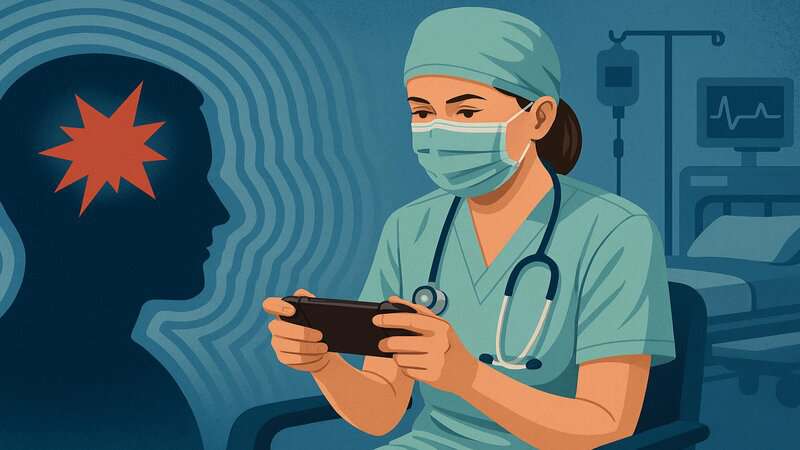

Vielleicht interessiert es Sie:
Wussten Sie! Minensuchratten auf dem Schlachtfeld und sie sind super effektiv!
Wie viele Giraffenarten gibt es? Leben sie alle in Afrika?
Der Vogel ist das Weibchen der Vögel: wahr oder falsch?
Warum bauen Biber Dämme? Welchen Nutzen?
Warum leben manche Tiere nachtaktiv? Welche Vorteile?
Küssen Tiere? Ist das die gleiche Bedeutung wie Menschen?
200+ Hilarious Seahorse Jokes That Will Make You Smile and Giggle
200+ Funny Investment Jokes to Boost Your Financial Humor Game